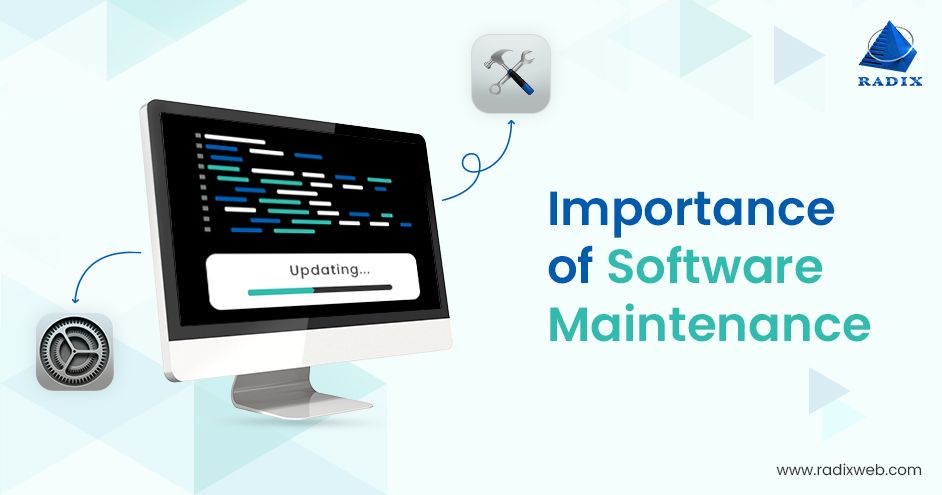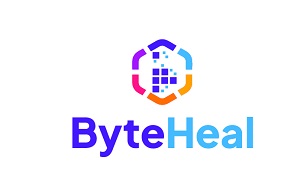Introduction
Software maintenance and updates are crucial aspects of ensuring the smooth functioning and security of any software application. In this fast-paced digital era, where technology is constantly evolving, it is essential for businesses and individuals to prioritize regular maintenance and updates to keep their software up-to-date and secure.
1. Enhances Security
Regular software maintenance and updates play a crucial role in enhancing the security of your systems. As technology advances, so do the tactics used by hackers and cybercriminals. By keeping your software up to date, you ensure that any vulnerabilities or loopholes are patched, reducing the risk of unauthorized access and data breaches.
2. Fixes Bugs and Glitches
Software is not perfect, and bugs and glitches are bound to occur. Regular maintenance and updates help identify and fix these issues, improving the overall performance and stability of the software. By addressing bugs promptly, you can prevent crashes, errors, and other frustrating issues that may disrupt your workflow.
3. Improves Performance

Outdated software can slow down your system and hinder productivity. Regular maintenance and updates often include performance enhancements, optimizing the software to run more efficiently. This can result in faster load times, smoother operations, and improved user experience.
4. Compatibility with New Technologies
As technology evolves, new hardware and software components are introduced. Regular software maintenance ensures that your software remains compatible with these advancements. By keeping your software up to date, you can take advantage of new features, integrations, and functionalities that may be crucial for your business.
5. Compliance with Industry Standards
Many industries have specific regulations and standards that businesses must adhere to. Regular software maintenance and updates help ensure that your software remains compliant with these requirements. This is particularly important for industries dealing with sensitive data, such as healthcare or finance, where non-compliance can lead to severe consequences.
6. Minimizes Downtime
Software failures and crashes can result in significant downtime, impacting your business operations and causing financial losses. Regular maintenance and updates help identify and address potential issues before they escalate, minimizing the risk of unexpected downtime. By proactively maintaining your software, you can keep your systems running smoothly and avoid costly disruptions.
7. Extends Software Lifespan
Software is an investment, and regular maintenance can help extend its lifespan. By keeping your software up to date, you can ensure that it remains compatible with new technologies.
Summary
Regular software maintenance and updates play a vital role in enhancing the performance, stability, and security of software applications. By regularly updating software, developers can address bugs, fix vulnerabilities, and introduce new features that improve user experience. Additionally, software m her explanation aintenance helps in optimizing resource utilization, reducing downtime, and ensuring compatibility with the latest hardware and operating systems.
- Q: Why is regular software maintenance and updates important?
- A: Regular software maintenance and updates are important for several reasons. Firstly, they help to ensure that your software remains secure by fixing any vulnerabilities or bugs that may have been discovered. Additionally, updates often include new features or improvements that can enhance the functionality and performance of the software.
- Q: How often should software maintenance and updates be performed?
- A: The frequency of software maintenance and updates can vary depending on the specific software and its requirements. However, it is generally recommended to perform updates as soon as they become available to ensure that your software remains up to date and secure.
- Q: What are the potential risks of not performing regular software maintenance and updates?
- A: Not performing regular software maintenance and updates can expose your software to various risks. Outdated software may contain security vulnerabilities that can be exploited by hackers, leading to data breaches or system compromises. It can also result in compatibility issues with other software or hardware, causing performance issues or system failures.
- Q: How can I ensure that software maintenance and updates are done effectively?
- A: To ensure effective software maintenance and updates, it is recommended to follow these best practices:
- Regularly check for updates from the software vendor or developer.
- Read release notes or update documentation to understand the changes and improvements.
- Backup your data before performing any updates.
- Test updates in a controlled environment before deploying them to production systems.
- Consider using automated update tools or services to streamline the process.
- Q: Can software updates cause any issues or disruptions?
- A: While software updates are generally intended to improve the software, there is a possibility that they can cause issues or disruptions. In rare cases, updates may introduce new bugs or conflicts with other software. However, these risks can be minimized by following best practices, such as testing updates before deployment and having proper backup mechanisms in place.

Welcome to my website! My name is David Winning, and I am a professional Software Optimization Consultant. With a passion for optimizing systems, finding malware solutions, promoting digital wellness, and ensuring software health, I am dedicated to helping individuals and businesses achieve peak performance and security in their digital environments.
